LAHORE – The Defence Raya Open Golf Championship 2025, supported by Defence Raya, teed off at the scenic Defence Raya Golf and Country Club in Lahore with competitive spirit and notable performances marking the opening day.
The five-day…

LAHORE – The Defence Raya Open Golf Championship 2025, supported by Defence Raya, teed off at the scenic Defence Raya Golf and Country Club in Lahore with competitive spirit and notable performances marking the opening day.
The five-day…

Power was restored to 270,000 consumers in Kyiv after attacks from Russia knocked it out, Ukraine’s energy minister Svitlana Hrynchuk wrote on Facebook on Friday. People in Kyiv heard blasts throughout Thursday night and many woke up…
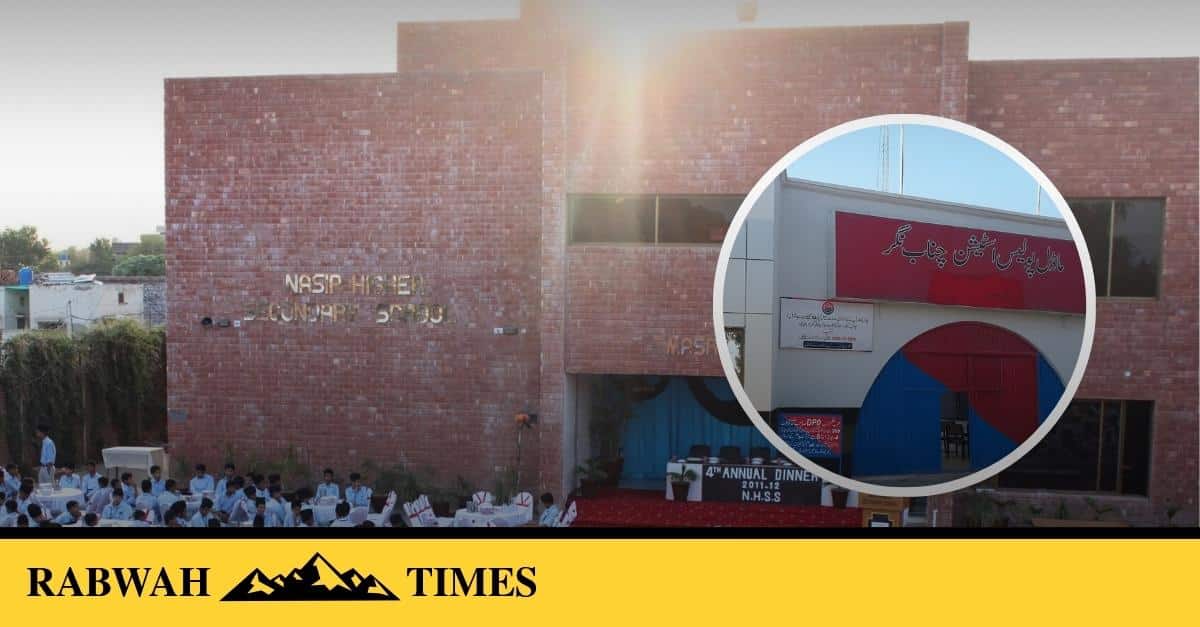
Following the recent attack on the central Ahmadiyya mosque, Bait-ul-Mahdi, in Rabwah, previously undisclosed details have emerged about threats made against Ahmadi schools in the area by an alleged member of the Tehreek-e-Taliban Pakistan…
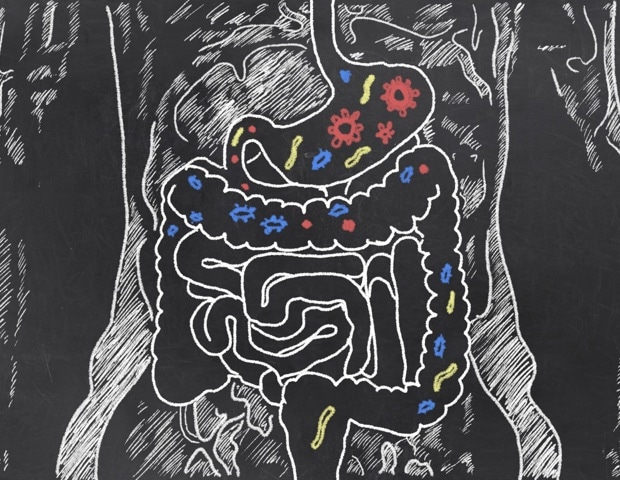
The researchers used Merino sheep as an animal model, systematically collecting samples of their hindgut and ruminal microbiota, plasma metabolites, and neurocognitive behavioral phenotype data. Based on metagenomic sequencing data…
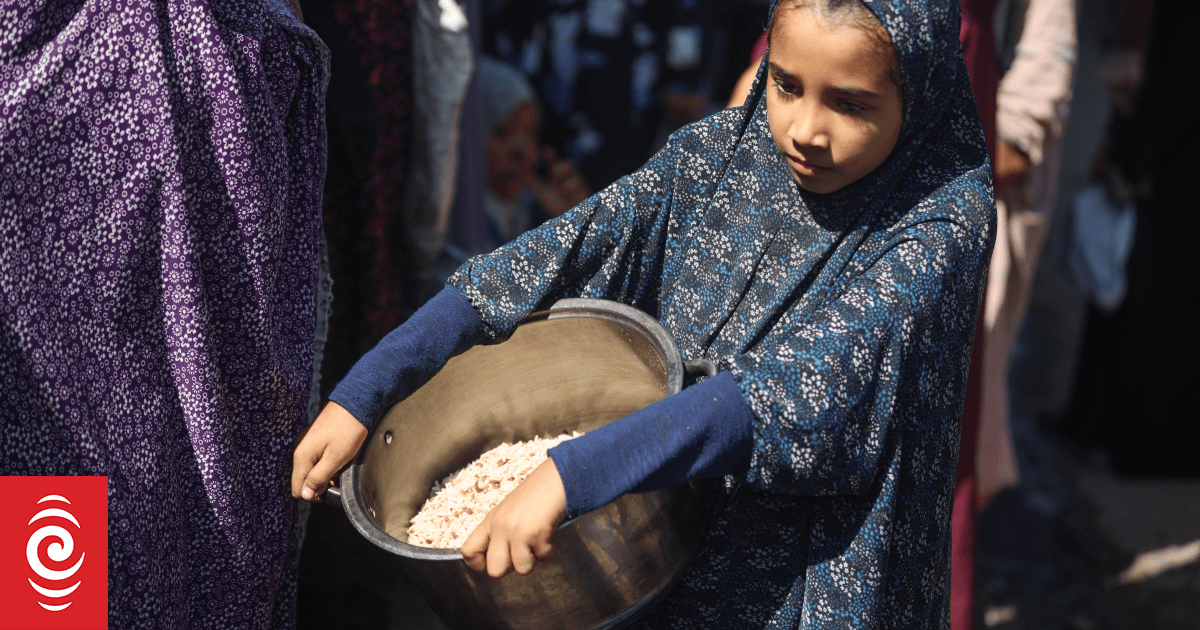
By Olivia Le Poidevin and Yesim Dikmen, Reuters
A Palestinian girl carries a bowl of rice after receiving a food portion from a charity kitchen in Deir el-Balah, Gaza Strip, on October 8, 2025.
Photo: AFP / NurPhoto/ Majdi Fathi
The…
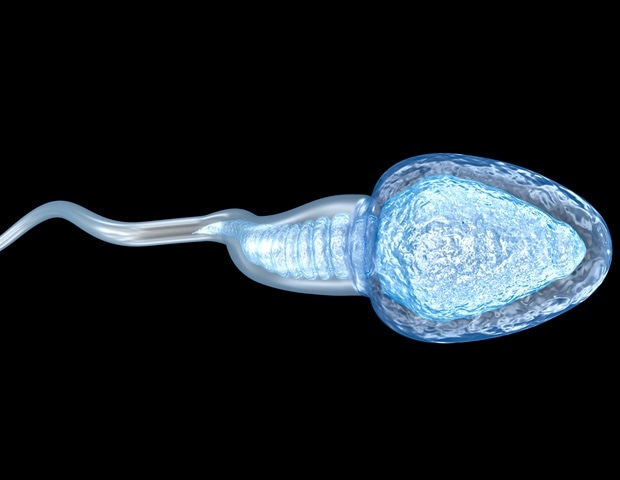
A new research paper was published in Volume 12 of Oncoscience on September 30, 2025, titled “Lifestyle and hormonal factors affecting semen quality and sperm DNA integrity: A cross-sectional study.”
In this study, Saniya…

Ruth CleggHealth and wellbeing reporter
 Emily
EmilyThe facelift is moving into new territory.
A quick search on socials and my feed is inundated with posts from people in their late 20s, 30s, discussing different types of facelift – the mini, the…

Kayla Epstein and
Nardine Saad
 Getty Images
Getty ImagesThe Trump administration has begun laying off thousands of federal workers in an effort to pressure Democrats amid the ongoing government shutdown.
“The RIFs…

The rapid advancement of artificial intelligence (AI) is transforming the field of structural biology. In May 2024, DeepMind and Isomorphic Labs launched AlphaFold 3 (AF3), a revolutionary AI system capable of predicting the 3D…
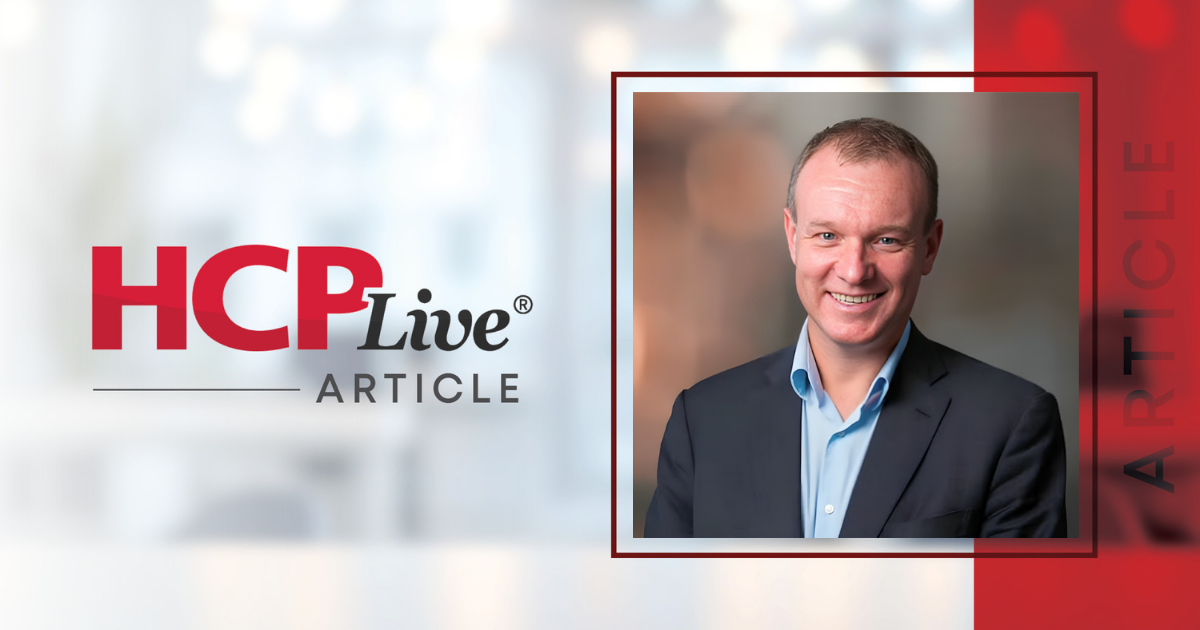
Obicetrapib, a highly selective and potent cholesteryl ester transfer protein (CETP), is associated with a greater reduction in